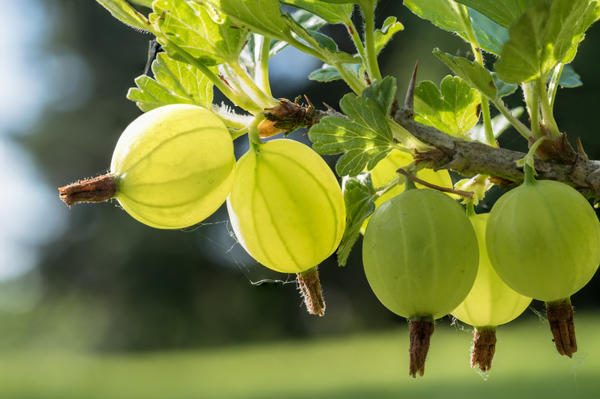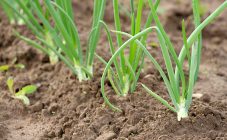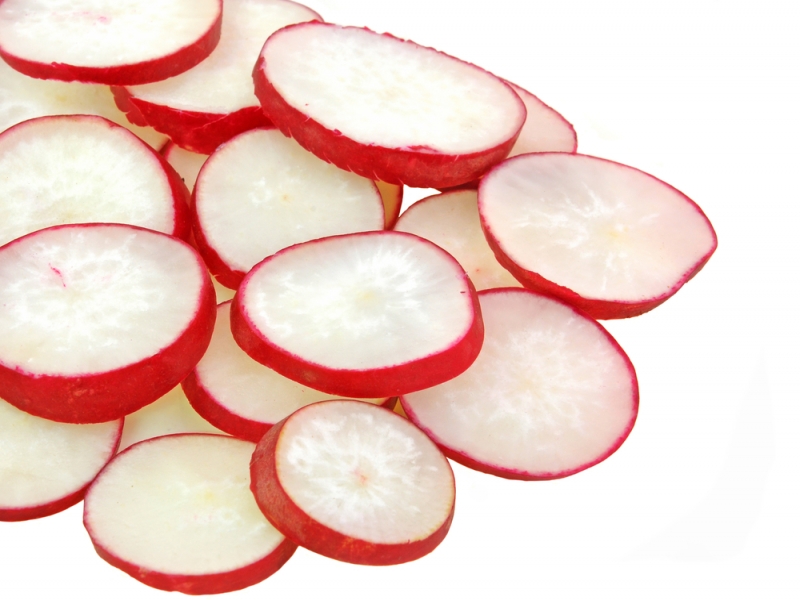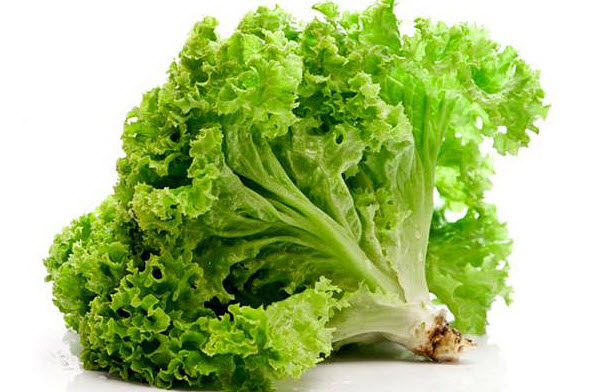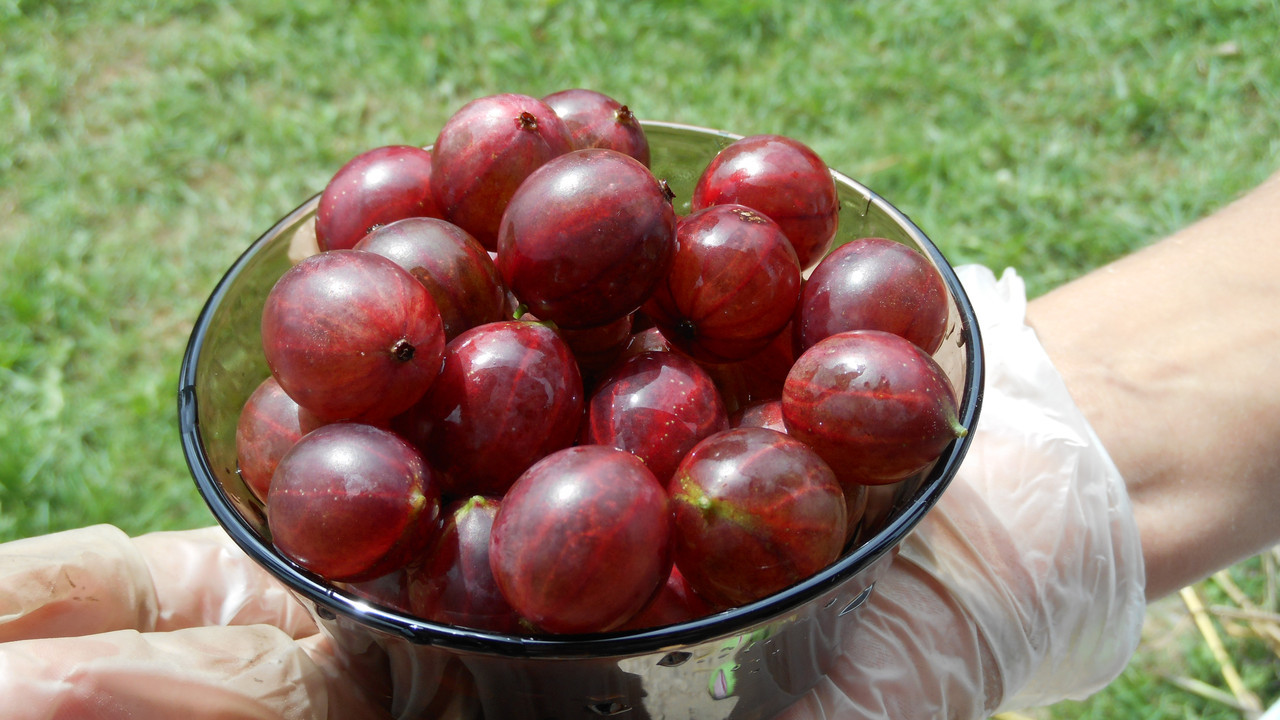Content:
Gooseberry is an incredible berry, it has a variety of tastes: from sweet sugar to frankly sour. Gardeners of the northern regions are very fond of growing this shrub, as it takes root well in difficult climatic conditions and bears fruit stably for more than a dozen years. This is not surprising, because the homeland of the gooseberry is Canada, where it was grown as an element of landscape design, and the taste of the fruit was tasted much later.
Characteristics and features of culture
Gooseberry bushes are spreading, have 15 to 25 branches and, depending on the variety, grow from 0.5 m to 2 m in height. A distinctive feature of the species is the presence of thorns on the branches. The berries are small up to 2 g and large (5 g or more), differ in color: from light green (almost white) to black. Skin density and pulp texture are also very different. Some varieties have thin translucent skin and juicy watery flesh, while others, on the contrary, are very tight fleshy with a dense skin.
Gooseberry is highly valued not only for its frost resistance and high yield, but also for its rich vitamin composition: potassium, phosphorus, calcium, vitamins C, P, B, A, folic acid, iron and serotonin. The abundance of macro - and microelements makes these berries the most valuable element of medical and dietary nutrition. Eating fresh gooseberries, as well as making tea, juice or compote, allows you to remove toxins and harmful substances from the body, get rid of vitamin deficiency and bad mood, and reduce the risk of kidney, bladder, and gastrointestinal tract diseases.
Despite the fact that the gooseberry is a long-liver in the garden, the peak of activity occurs in the first 10-15 years after planting, then the yield gradually begins to decline. Therefore, it is necessary to periodically update the gooseberry plantations, planting young seedlings. For the procedure to be successful, you need to know how to plant the gooseberry correctly. Shrubs are traditionally planted in autumn or spring.
Landing
From the point of view of technology, planting gooseberries in spring and autumn do not differ from each other. The nuance is that the autumn planting is considered easier, since the bushes are quickly and easily accepted. Spring planting has its own characteristics, since all the manipulations need to be done before the buds are awakened, since the gooseberry begins the growing season at a low temperature of + 5 .C.
Planting material selection guide:
- Autumn is the optimal time for picking up bushes, as you can see the state of the branches and foliage. There should be no spots, yellowness, blackheads or other unhealthy signs;
- Branches need to be carefully diagnosed. It is better to take the time and inspect each twig and make sure that they are not pests or their larvae, as well as fungus;
- The root system must be well formed. The main root must be at least 15 cm long. Healthy roots are brown (sometimes with a yellow tint). Do not buy a plant with black or brown spots or other damage to the roots;
- It is best to choose a bush consisting of 3 branches, 0.4 m long, this is a guarantee of normal development.
Site selection:
- The best location for gooseberries is a warm, well-lit place, protected from wind and drafts. From the scorching midday sun, the plant should be shaded under tall bushes or trees, which provide a light mesh protection from direct rays. This rule applies to the southern regions and the Moscow region. In the North and Siberia, bushes can be planted in the most open areas, since it can be difficult to provide a sufficient amount of light in these regions;
- The soil should be light and loose. It is very difficult for the roots to break through the thickness of clay. If it is not possible to choose such a soil, then you can artificially create a sand cushion;
- Compliance with crop rotation. The basic rule is not to plant gooseberries after other varieties of berry bushes. This is about one group, so raspberries, currants and gooseberries are carriers of pests and diseases for each other. In addition, berry predecessors deplete the soil. It is better to plant gooseberries where root crops and legumes grew;
- Water regime. Gooseberries do not tolerate stagnant water. It is better to determine the groundwater level in advance. It should be at least 150 cm. Otherwise, you need to raise the bed or form a high-quality drainage layer;
- The presence of space. The bush will not grow well in tightly constricted conditions. It is necessary to provide approximately 1.5-2 m of free space around the plant.
Basic rules and instructions on how to plant gooseberries in spring:
Soil preparation
The stage depends on the initial state of the soil. The main tasks are:
- Leveling the acidity of the soil using dolomite flour (the proportion is selected according to the instructions on the package) or ash;
- Bringing the soil to its proper form. It is necessary to dig up a seat, remove all weeds, roots, stones and other debris. Sand must be added to heavy soils, too light ones, on the contrary, need to be balanced with clay soil;
- Application of a complex of fertilizers - humus, compost, rotted manure in a ratio of 1: 3, as well as potash and phosphorus fertilizing (consumption, according to the instructions on the package).
Planting depth
The size of the planting hole depends on the size of the seedling. Usually, a hole is dug from 40 to 60 cm in diameter and 50-60 cm deep. If the plant is very small, then the hole should be made smaller.
Distance between seedlings
The gooseberry loves space very much so that air exchange is normal, and the plant itself receives a sufficient amount of nutrition through the roots. Therefore, you do not need to arrange a palisade. The distance between the bushes should be at least 150 cm. When growing a large number of bushes in rows, leave a row spacing within 250 cm. Such distances are optimal to ensure favorable conditions for growing and picking berries.
Preparation of seedlings
Before planting, the plant must be hardened without removing it from the container. A seedling with closed roots is buried in the ground, watered and left on the site for 7-10 days. Then the cuttings are dug, having previously moistened the soil, carefully remove the material from the container and inspect for diseases and damage. All wounded parts or damaged roots must be removed with a sharp, disinfected knife. After that, you should do a preventive treatment with potassium permanganate. To do this, you need to keep the roots in a 1% solution for 5 minutes. To maintain growth, you can soak the roots in an activator (for example, Kornevin), observing the time and dosage indicated in the instructions.
Planting methods
- Standard... Optimal planting option that does not require thinning or replanting. Bushes are planted in rows with an interval of 1.5 m and a row spacing of 2 m;
- Compacted... Distances with this method are 2 times less than standard. After 3-4 seasons, the bushes will grow so that their branches begin to intertwine. This is a sure sign that it is time to seat them. Excavated bushes can be moved to another location or put up for sale, or thrown away if they are weak. After a couple of seasons, thinning is done again;
- Economical... If the site is not intended exclusively for gooseberries, then the bushes are planted based on the availability of free space. The area near the house or under the trees that are already growing in the garden is best suited for this. With this method, the main thing is to maintain a free zone of 1.5 m around the bush.
Mistakes when planting gooseberries in spring
- Delayed landing... When planting in the spring, every day counts. Gooseberries come out of hibernation very early. If you miss the moment and plant a plant when buds began to form, then there is a very high probability that the bush will not take root;
- Strong root penetration... It is very important to know: if you overfill the trunk with earth (the roots are sunk into the ground deeper than 7 cm), then the development of the plant will be very inhibited, and the branches will be frail. This will lead to the development of diseases and low fertility;
- Neglecting inspection and pre-planting of roots... A knowingly diseased plant will definitely not take root and die;
- Too frequent, but at the same time economical watering;
- Lack of formative and sanitary trim.
Care after landing
Proper care is the key to the health and successful development of any plant. Gooseberries aren't too picky, however step by step implementation of the necessary procedures will significantly improve the condition of the bush after planting.
- Proper watering... At the time of planting, the bush needs to be watered very generously. Further, during the season, it is enough to water the gooseberries 5 times, but, depending on the amount of rain, watering may be more or less often;
- Loosening and weeding gooseberries are very fond of. Its roots grow in width, so the soft, clean soil around the crown will guarantee the correct development of the root system. It is not necessary to loosen the ground very deeply, 4-6 cm is enough;
- Trimming and garter... Some gooseberry varieties grow very sprawling, so they need to be tied up in the early years, and then it is better to place the bush in a retaining frame. This will facilitate access to the bushes from all sides and will prevent the lower branches from bending to the ground. Pruning should be done in the fall, removing diseased and dry branches;
- Disease prevention... In autumn, all fallen leaves and bad branches must be removed from the ground and burned. Pests and fungi often hibernate in them. Treatment with fungicides after harvest is allowed.
Gooseberries do not require much effort and cost. When planting in spring time, you need to carefully consider the choice of seedlings and soil preparation, then there will be no problems with growing.
